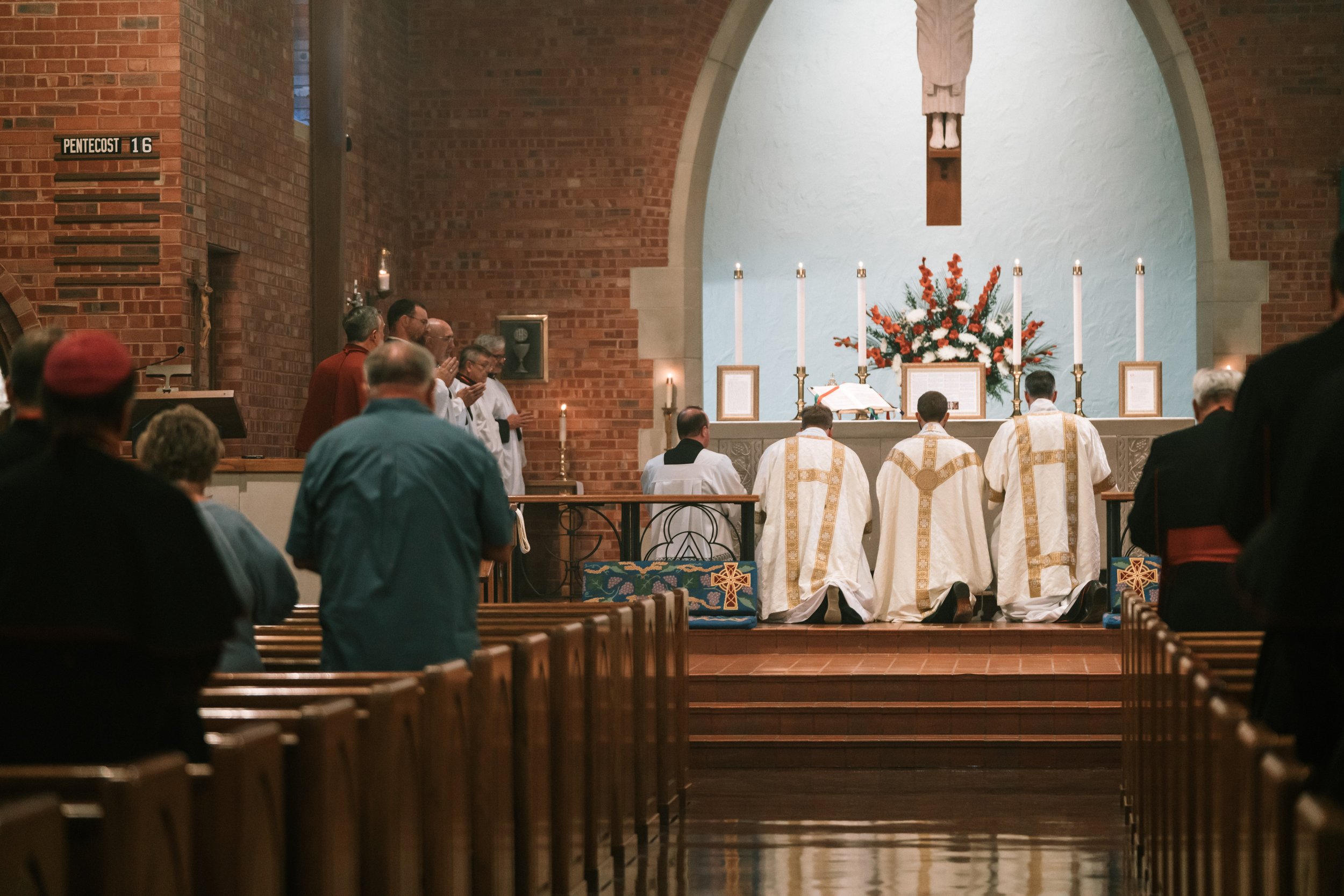Turn to the Lord - I
Ascensiontide, 2022
“All the ends of the earth shall remember and turn to the Lord;
and all the families of the nations shall worship before him.” Psalm 22:27
Parish Family-
One of the cherished fundamentals of Anglican Christianity is the phrase “lex orandi, lex credendi...” in English, “the law of prayer is the law of faith.” It means that what we pray and how we pray establishes what we believe. Prayer and faith always go hand in hand. What we do in the liturgy matters a great deal because it communicates what we believe about God, ourselves, creation, and salvation. Were we to be asked, “What do Christians believe?” one could simply say, “Come and see how we pray.” The liturgical life of the parish – being the daily rounds of prayer by all the faithful – is the context in which we receive the love of Jesus Christ and express our love for him in return. The heart of the liturgy is love, and love is always called to grow and develop. As we learn to express our love for Christ in a better, more beautiful, and more worthy manner, our relationship to the Mass grows and becomes more deeply rooted in Christ himself. Just as the relationship between a husband and a wife is ever constant and yet ever new, so is the relationship between Christ and his Bride, the Church. It is always the same and yet always blossoming in a new way.
In the spirit of seeking to love Christ in the best and most beautiful way we can, a slight liturgical change is on our horizon. Beginning on the Feast of Pentecost – June 5th this year – all Masses at St Alban’s will be offered from the “front” side of the Altar. This means that the Celebrant will no longer switch to the “back” side of the Altar at the Offertory during the 10:30am Sunday High Mass. This orientation is already a familiar sight if you have ever been to the 8am Sunday Low Mass or any of the weekday Masses. No doubt the question some might ask is “why?” or “what does it matter?”
Here are a couple of helpful things to consider when it comes to the direction in which the Mass is celebrated:
It is the ancient custom of the Church – both East and West – for the Priest to stand on the same side of the Altar as the Congregation. This had been the universal practice of Anglicans, Eastern Orthodox, Roman Catholics, Lutherans, and others until the liturgical reforms of the 1960’s and 70’s, which damaged the unity that had previously been in place. Returning to the traditional norm in our worship will help to restore this unity, in obedience to the prayer Jesus offered on the night before he died, that we all might be one (John 17:21-23). It is a great joy to consider that the manner in which we choose to worship unites us to the millions of Christians who have worshiped in the same way. Through the Holy Spirit, the Mass transcends time and space, and through it we step into the endless worship of Jesus Christ around his heavenly throne. In doing so, we are also united to all who worship him throughout the world and those who have gone to live and reign with him in Heaven. It is a particularly fitting time for this liturgical restoration since this is our 75th anniversary year. The change will return us to the style of worship which was in place at the founding of St Alban’s under Fr Beste, uniting us to the many Christians who have worshiped in our Parish before us.
It will establish a greater consistency in our worship. This is both a practical concern and a spiritual one. The logistics of celebrating Mass in different directions often causes confusion for those involved... the Altar Guild, Acolytes, visiting Clergy, the Bishop, etc. Currently, we are the only parish I know of in the Diocese of Fort Worth which celebrates half of the Mass facing one direction and the other half facing another direction. Adopting the traditional orientation will create greater unity with our Diocese, and help prevent confusion for visiting Priests, including our Bishops! Consistency is also an important ingredient to spiritual growth. The great comfort of the liturgy is its repetition and objectiveness. Every time we come to Mass we should know what we will experience, and be confident that it is something deeply rooted in the Gospel and the Great Tradition. Liturgical consistency is vital to our growth in the life of prayer, and this change will take us one step further in the right direction.
The attentive worshiper will notice that the Book of Common Prayer assumes that the Priest is on the same side of the Altar as the Congregation. For example, at the Great Thanksgiving, the BCP (pg. 333) says, “The celebrant, facing them, sings or says…” After the congregation responds with, “it is meet and right so to do,” the BCP says, “Then facing the Holy Table, the celebrant proceeds…” This implies that the Celebrant begins the Eucharistic Prayer facing the People, and then turns to the Altar to proceed. A similar direction and posture is implied in other places in the BCP as well.
The traditional manner of celebrating the Holy Eucharist helps us better understand the role of the Priest and the actions of Christ through him.
The central focus of the Holy Eucharist is Jesus Christ and his atoning sacrifice on the Cross. All of our parishes place a Cross of some form or another at the liturgical center of the sanctuary to be the focus of our devotion. Likewise, each parish keeps the Blessed Sacrament – our Lord’s Body, Blood, Soul, and Divinity – within a Tabernacle or Aumbry, preferably at the center of the sanctuary as well. Thus, all of our worship is oriented to the sign of the Cross and our Lord’s continual presence with us in the Holy Eucharist. The Priest stands at the crossroads between the sacred space within the altar rail – which represents the heavens – and the Nave, which represents the created world. Jesus Christ stands as “our only Mediator and Advocate,” between God and man. When he stands at the Altar, the Priest becomes an icon of Christ, and Christ is the one who speaks and acts through him. Thus, within the Mass the Priest acts in persona Christi, “in the person of Christ.” As one who stands as an icon of Jesus, it is most fitting that the Priest plays a sort of dual role, representing both humanity and divinity.
At some moments in the liturgy, the Priest represents the People to God… he confesses together with the Congregation, he (and the Deacon) offers their prayers, concerns, thanksgivings, and intentions to God, and he offers the Eucharistic Prayer with and for them. So, he faces the Altar in the same manner that the Congregation does. In those moments, the Priest is clearly seen to be an icon of our humanity, uniting our prayers to Jesus Christ, who is our Great High Priest.
At other moments in the liturgy, the Priest represents God to the People… he bids their prayers (“the Lord be with you”), their confession, he offers them absolution in Christ’s Name, he bids them to receive the Blessed Sacrament, and he blesses them. So, he turns his face to the Congregation and speaks to them. In those moments, the Priest is clearly seen to be an icon of Christ’s divinity, allowing Jesus to work through his words and his actions.
As with any liturgical change, we are presented with an opportunity to grow, to pray in a new way, to see from a new perspective, and to cultivate a deeper relationship with our Lord Jesus Christ. In the coming weeks, as we rejoice in the season of Pentecost, I invite you to take a fresh look at our worship and to ask the Holy Spirit to fill us with love for God and one another.
More to come later this week.
In the love of our Lord,
Fr Joseph Francis SSC
Rector

